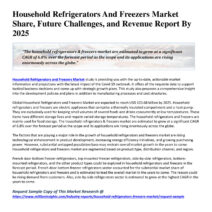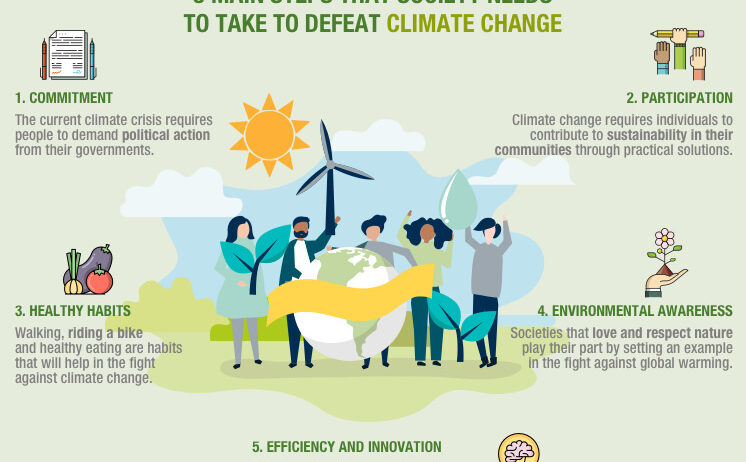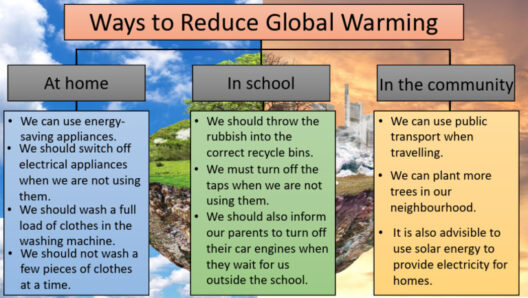Climate change mitigation encompasses the deliberate efforts taken to reduce the magnitude of climate change and its subsequent effects. As the planet continues to warm due to anthropogenic activities—most notably, the combustion of fossil fuels and widespread deforestation—the urgency for effective mitigation strategies has never been clearer. Mitigation strategies aim to stabilize greenhouse gas concentrations in the atmosphere, thus averting catastrophic consequences that loom on the horizon.
At its core, climate change mitigation involves two fundamental strategies: reducing greenhouse gas emissions and enhancing carbon sinks. This dual approach acknowledges that merely taking action on one front without addressing the other is insufficient to tackle this global crisis.
First, the reduction of greenhouse gas emissions is perhaps the most visible and vociferous element of climate change mitigation. Emissions stem from myriad sectors, including transportation, industry, agriculture, and residential heating. Transitioning to renewable energy sources, such as solar, wind, and hydroelectric power, emerges as a critical necessity. This shift promises to erode our dependency on coal, oil, and natural gas, which constitute the backbone of the current energy paradigm yet jeopardize the health of our ecosystems.
Another dimension involves revolutionizing transportation. The electrification of vehicles, coupled with the proliferation of public transit systems, can dramatically curtail emissions from one of the most significant contributors: the automotive sector. Moreover, the adoption of carbon pricing mechanisms—like cap-and-trade systems or carbon taxes—can incentivize industries and individuals alike to lower their carbon footprints.
Yet, while reducing emissions is paramount, attention must also be allocated to enhancing carbon sinks. Forests, oceans, and wetlands play a pivotal role in sequestering carbon dioxide. Forest conservation and restoration initiatives serve not only to preserve biodiversity but also lock carbon away in trees and soil. Consequently, efforts such as reforestation and afforestation gain traction, with ecosystems being revitalized and protected to harness their innate capacity to sequester carbon.
Moreover, innovative agricultural practices can facilitate greater carbon storage in soil while simultaneously increasing crop resilience to changing climatic conditions. Techniques like agroforestry, cover cropping, and no-till farming not only enhance yield but can transform farmland into formidable carbon sinks. Each of these strategies reveals the intricate interconnectedness of environmental health, agricultural productivity, and food security.
Transitioning towards sustainable energy systems and practices represents merely the tip of the iceberg. Recognizing the wider socio-economic implications of climate change mitigation is essential. The shift towards green energy jobs can catalyze a profound economic transformation. By investing in renewable energy sectors, societies can create millions of job opportunities—especially in communities historically dependent on fossil fuel industries. This transition simultaneously addresses economic disparities while navigating the uncertainties imposed by climate disruption.
Critics often express concerns about the feasibility and cost-effectiveness of aggressive climate change mitigation measures. They argue that implementing widespread changes could burden economies, especially in developing nations. However, this perspective often overlooks the escalating costs associated with inaction. Floods, heatwaves, and storms driven by climate change increasingly ravage infrastructures and disrupt livelihoods, inflicting losses that dwarf the investment required for mitigation efforts.
Furthermore, the advent of technology—such as carbon capture and storage (CCS)—profoundly alters the mitigation landscape. CCS allows for the extraction of carbon directly from emission sources, holding it in geological formations for the long term. Incorporating such technologies into existing operations could facilitate a transitional phase where fossil fuel usage continues, yet with lower environmental impacts.
Moreover, global diplomacy plays a pivotal role in the realm of climate change mitigation. Agreements like the Paris Accord provide critical frameworks guiding nations towards emission reduction targets. International cooperation fosters the sharing of technologies, financial resources, and expertise—essential in providing developing countries with the means to implement their climate action strategies. This collaborative spirit embodies the ethos of climate change mitigation, wherein shared commitment and responsibility illuminate a path forward.
Finally, public awareness and engagement remain crucial in the quest for effective climate change mitigation. Grassroots movements advocating for policy changes, renewable energy implementation, and sustainable practices can amplify the urgency and significance of the issue, motivating collective action. Education becomes a powerful tool, equipping individuals with the knowledge to make informed decisions, drive change, and hold governments accountable.
In conclusion, climate change mitigation embodies a comprehensive approach that demands multifaceted actions across diverse sectors. While it poses certain challenges, the potential benefits extend beyond merely curbing climate change. The transition towards a sustainable future encapsulates an opportunity to embrace innovation, enhance economic resilience, and secure a habitable planet for generations to come. By acting decisively today, we promise not merely to slow the surge of climate change but to engender a profound transformation—a paradigm shift rooted in sustainability that transcends borders, societies, and future aspirations.








